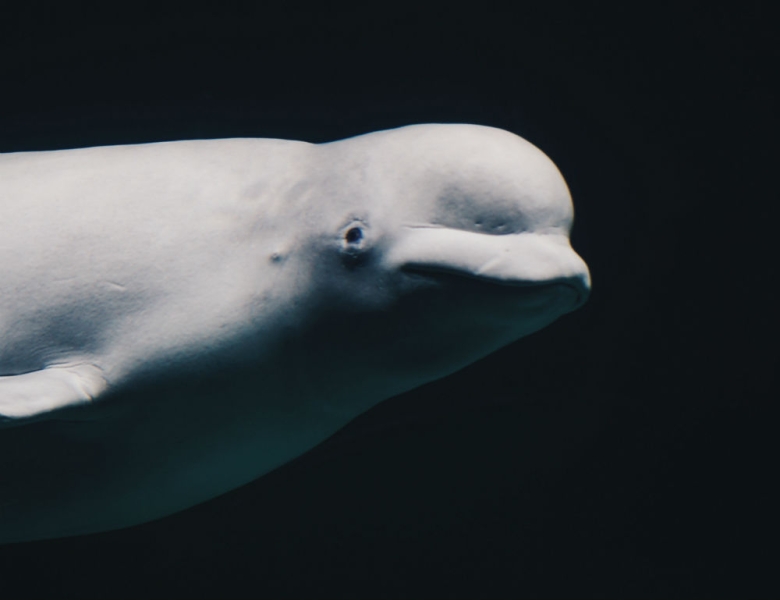
Whales are the largest marine mammals that are constantly on the move across the world’s oceans. They periodically swim to the shores of continents, but stay in each place only for a couple of months – to have a good feast or have offspring. Over the course of their long lives, large whales such as gray and blue whales swim a total distance from the Earth to the Moon and back. Seeing whales with your own eyes and hearing their songs is the dream of everyone who admires these graceful, intelligent sea creatures. Today we want to tell you where the migration routes of whales are at different times of the year.
December, January, February, March
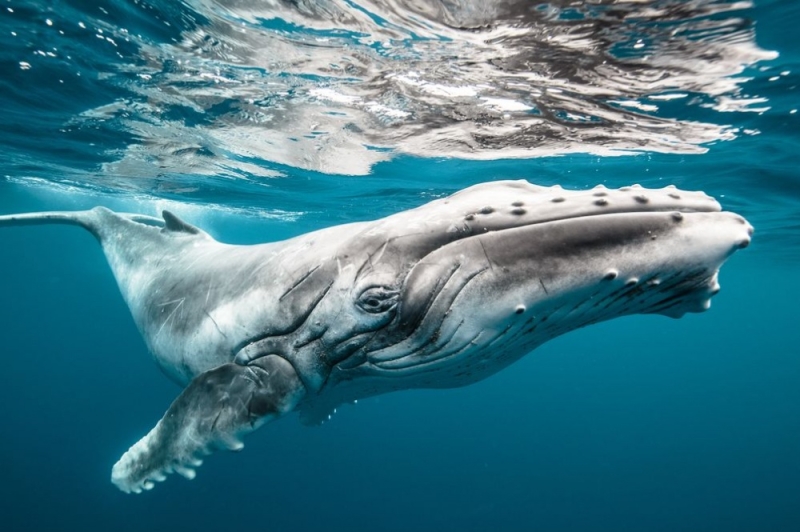
Photo: Karim Iliya
Lovers of cold water – bowhead and Biscay whales, sperm whales, blue whales and killer whales – stretch to the very north during the winter months, swimming right to the shores of Norway. In January and February you can even see them from the shore, but, of course, sailing out to the open sea on a ship is much more interesting. Tours depart from the city of Andenes in the Vesterålen archipelago, as well as from Tromsø, Sommarøy and Sto. Many companies give a 100% guarantee that the captain will show you the whales, otherwise a second attempt the next day is free for you.
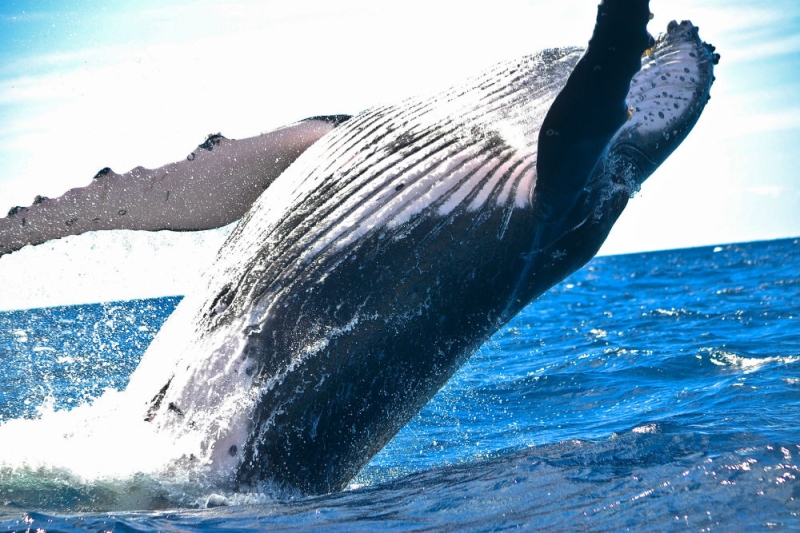
Humpback and gray whales, on the other hand, prefer warmer waters, and this is when they give birth off the coast of Mexico, in Puerto Vallarta and Cabo San Lucas, and in the Dominican Republic in Samana Bay.
These are also the most active months for whales migrating along the coast of Sri Lanka – sea excursions depart daily from Mirissa, Trincomalee and Kalpitiya, during which there is a high probability of meeting blue whales, pygmy sperm whales and black dolphins.
April, May, June, July
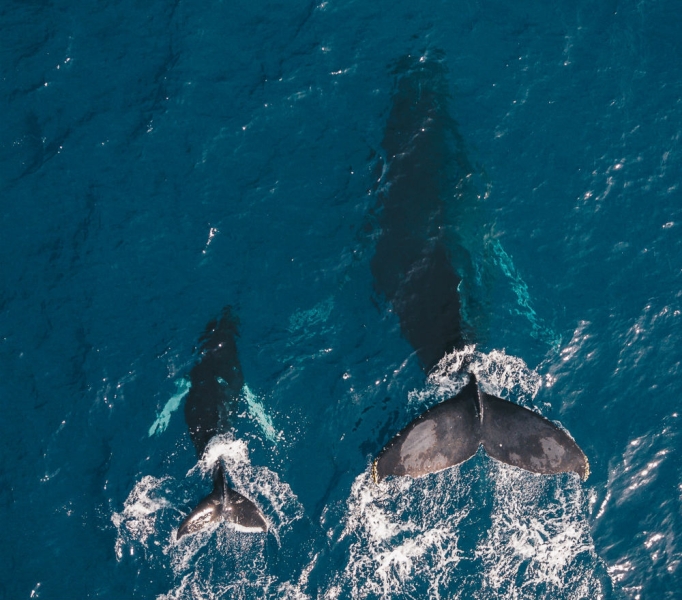
In spring and early summer, 23 species of whales, including toothed whales and sperm whales, swim in the area of the Azores Islands, located one and a half thousand kilometers from the coast of Portugal. The closest you can get to the whales is in the narrow strait between the islands of Faial and Pico, and if you want to see, albeit from afar, more adults with calves, then it is better to go on an excursion from the island of San Miguel.
From mid-May until the end of summer, many whales swim around Iceland and can be seen on the south, north and west coasts. Most often seen here are Minke whales and white-beaked dolphins, but sei whales, humpback and blue whales also swim in occasionally. The city of Husavik is home to Europe’s largest whale watching center and the world’s only whale museum, which also displays huge skeletons of marine mammals.
On the same dates, gray whales and killer whales swim past the Pacific coast of Canada, excursions to them depart directly from Vancouver, and right whales and belugas swim on the other side, boats to them start from Quebec.
August, September, October, November
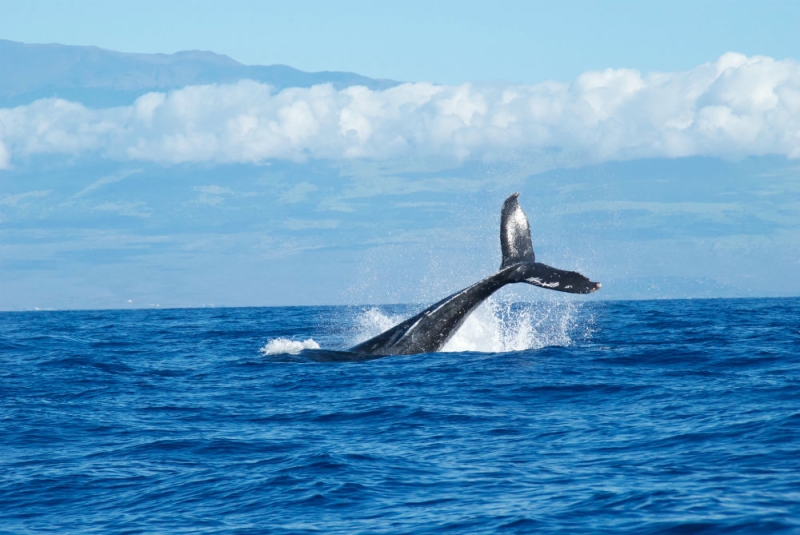
In the Bay of Biscay, whales can be found all year round, but most of them arrive there in August and September. The largest resident here is the Biscay whale, which feeds on plankton near the surface of the water and often emerges between the islands of Tenerife and La Gomera. The clear waters of the bay are also favored by smaller animals; here you can find fin whales, gray and black dolphins.
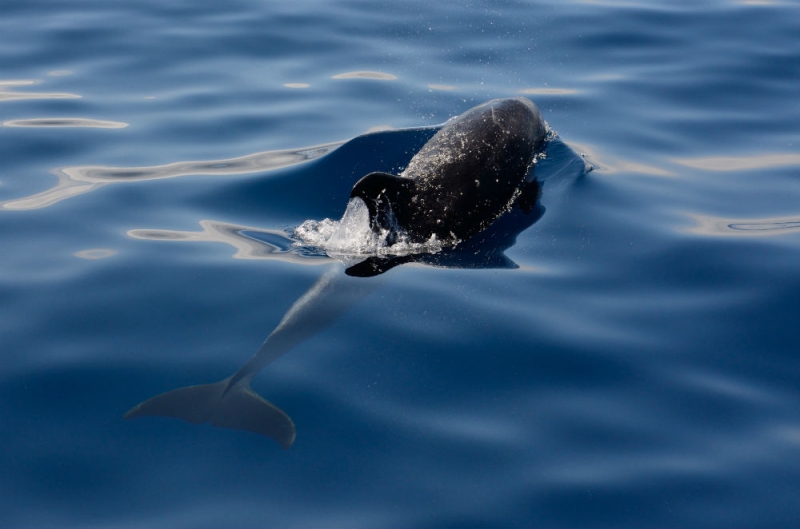
From late July to November, humpback whales migrate along the coast of South Africa. Over the entire period, an average of 20,000 individuals swim past Hermanos Bay, so they surface, shoot fountains and wave their fins literally every 2-3 minutes, and during the peak season, an annual whale festival takes place here.
You can also watch whales in autumn in Argentina. Right whales and killer whales arrive at the Valdez Peninsula in July and swim in the local waters until November.
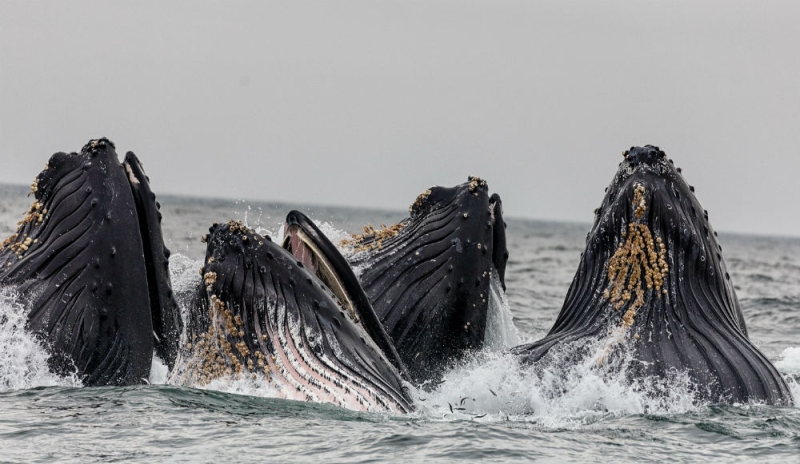
Whales and dolphins are amazing animals that yearn and die in captivity, so we highly recommend that you look at them in their natural habitat, especially since this can be done all year round, and now you know where to look for them!
We recommend booking a hotel on the website or in the OneTwoTrip app.

